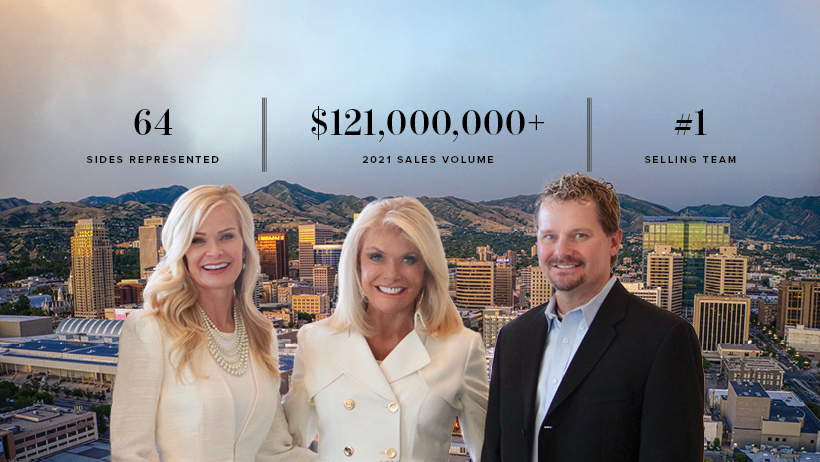A year of economic ‘resilience’ for Utah, and the nation, as 2023 draws to a close

SALT LAKE CITY:
This time last year, inflation had been on a six-month streak of declines after peaking at 9.1% in June 2022 and Federal Reserve Chairman Jerome Powell was sounding cautiously optimistic about the road ahead, but hedging any predictions that the U.S. economy could emerge from its profound, post-pandemic imbalance without bottoming out in a recession.The monetary body had just assessed a 0.5% increase to its benchmark federal funds lending rate, marking the seventh consecutive increase going back to March 2022. The Fed’s Open Market Committee would go on to levy four more increases in 2023, bringing the overnight lending rate into the 5.25%-5.5% range.“I just don’t think anyone knows whether we’re going to have a recession or not,” Powell said at a press conference on Dec. 14 last year. “And if we do, whether it’s going to be a deep one or not … it’s not knowable.”A Year Later:
Inflation:
While the national inflation rate in 2023 marched down from 6.4% in January to November’s 3.1% rate, regional inflation for Mountain West states, which include Utah, saw an even bigger decline, falling from 7.4% at the start of the year to 2.9% in November, according to U.S. Labor Department tracking.Job Market:
Along the way, the U.S. job market moderated a bit, wage growth slowed but remained strongly in positive territory and national unemployment hovered in the mid-3% range throughout the year.Amid the mostly positive economic flow, however, 2023 saw a worrying island of specialty bank failures, widespread concerns over regional bank solvency as the commercial real estate sector tanked and ongoing, and critical, housing affordability issues as prices remained elevated and the cost of debt soared.Phil Dean, senior economist for the University of Utah’s Kem C. Gardner Policy Institute, said the economy outpaced expectations for the year and is segueing into 2024 with positive energy.“The U.S. economy showed remarkable resilience in the past year,” Dean said. “I didn’t expect doom and gloom but the national GDP, as a broad measure, showing growth every quarter was a surprise.
“I think it just demonstrates the strength of the U.S. economy … and how many things we really do have going for us.”Dean said even with the “gut punches” of the bank failures in the first quarter of the year, and ongoing challenges in affordable housing, the overall economy appears to be churning positively forward as 2023 draws to a close.



